Archives
- 2018-07
- 2018-10
- 2018-11
- 2019-04
- 2019-05
- 2019-06
- 2019-07
- 2019-08
- 2019-09
- 2019-10
- 2019-11
- 2019-12
- 2020-01
- 2020-02
- 2020-03
- 2020-04
- 2020-05
- 2020-06
- 2020-07
- 2020-08
- 2020-09
- 2020-10
- 2020-11
- 2020-12
- 2021-01
- 2021-02
- 2021-03
- 2021-04
- 2021-05
- 2021-06
- 2021-07
- 2021-08
- 2021-09
- 2021-10
- 2021-11
- 2021-12
- 2022-01
- 2022-02
- 2022-03
- 2022-04
- 2022-05
- 2022-06
- 2022-07
- 2022-08
- 2022-09
- 2022-10
- 2022-11
- 2022-12
- 2023-01
- 2023-02
- 2023-03
- 2023-04
- 2023-05
- 2023-06
- 2023-07
- 2023-08
- 2023-09
- 2023-10
- 2023-11
- 2023-12
- 2024-01
- 2024-02
- 2024-03
- 2024-04
- 2024-05
- 2024-06
- 2024-07
- 2024-08
- 2024-09
- 2024-10
- 2024-11
- 2024-12
- 2025-01
- 2025-02
- 2025-03
- 2025-09
- 2025-10
-
br Results and discussion br Conclusion A new series
2019-07-09
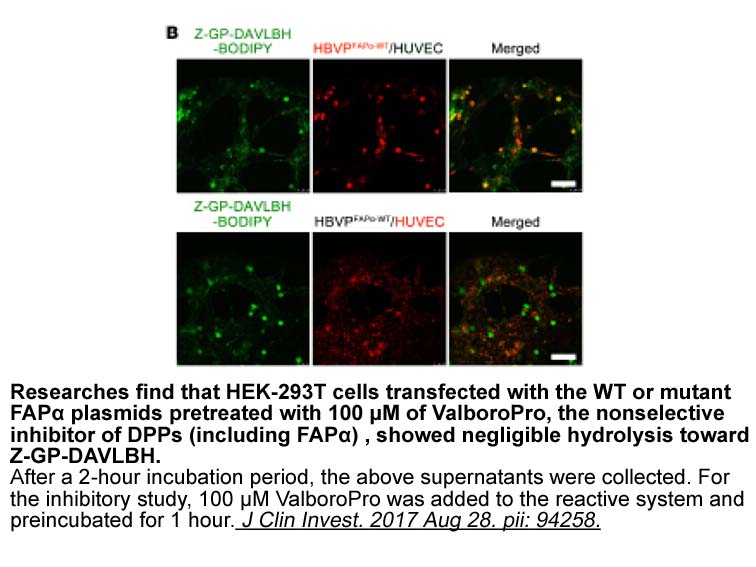
Results and discussion Conclusion A new series of 2-mercapto-quinazolin-4-one analogues is designed and synthesized to possess electron withdrawing or donating functional groups (Cl or CH3O) at position 6- or 7-, 4-methoxyphenyl function at position 3. The 2-mercapto function is used to connec
-
br The DDR kinase domain
2019-07-09
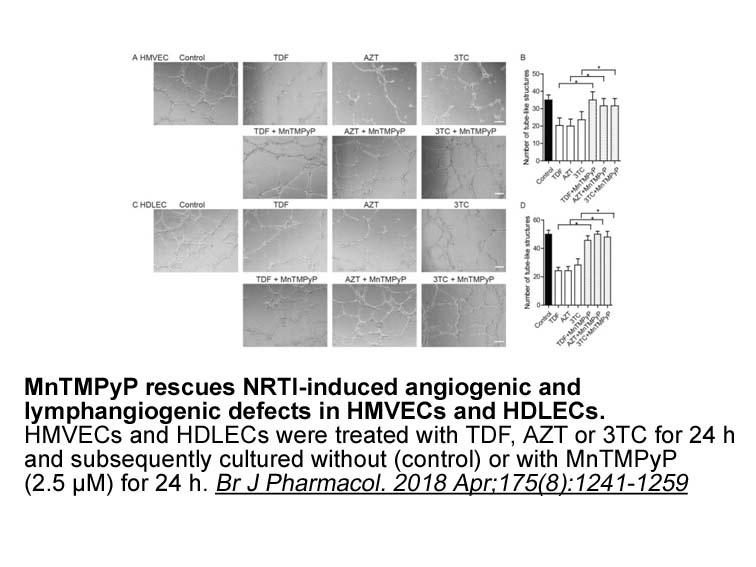
The DDR1 kinase domain The DDR1 intracellular kinase domain shares the typical structure of other kinase domains (Fig. 1). However, how DDR1 kinase is activated upon collagen binding is poorly understood. It is thought that the process is fundamentally different from the accepted paradigm of liga
-
Multiple sequence alignment of the proteins in the DGAT sub
2019-07-09
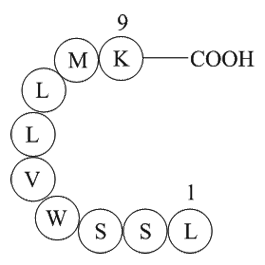
Multiple sequence alignment of the proteins in the DGAT1 sub-family shows that there are about 41 conserved amino Betamethasone residues distributed over seven sequence motifs [74]. Unlike DGAT2, a large number of DGAT1 residues, including a majority of the conserved residues, are found in a loop o
-
Our recent discovery M P H R A S of
2019-07-08
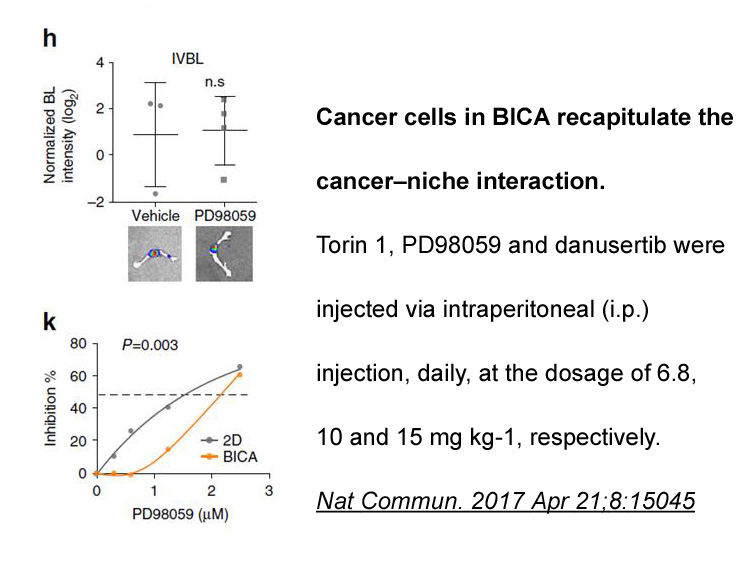
Our recent discovery (M.P., H.R., A.S.) of a highly selective and in vivo active DDR1 small-molecule inhibitor provides evidence that DDR1 is a druggable pharmaceutical target, and some details of our efforts are provided below. To avoid the repurposing of known kinase inhibitor structural motifs, w
-
br Results and discussion A
2019-07-08
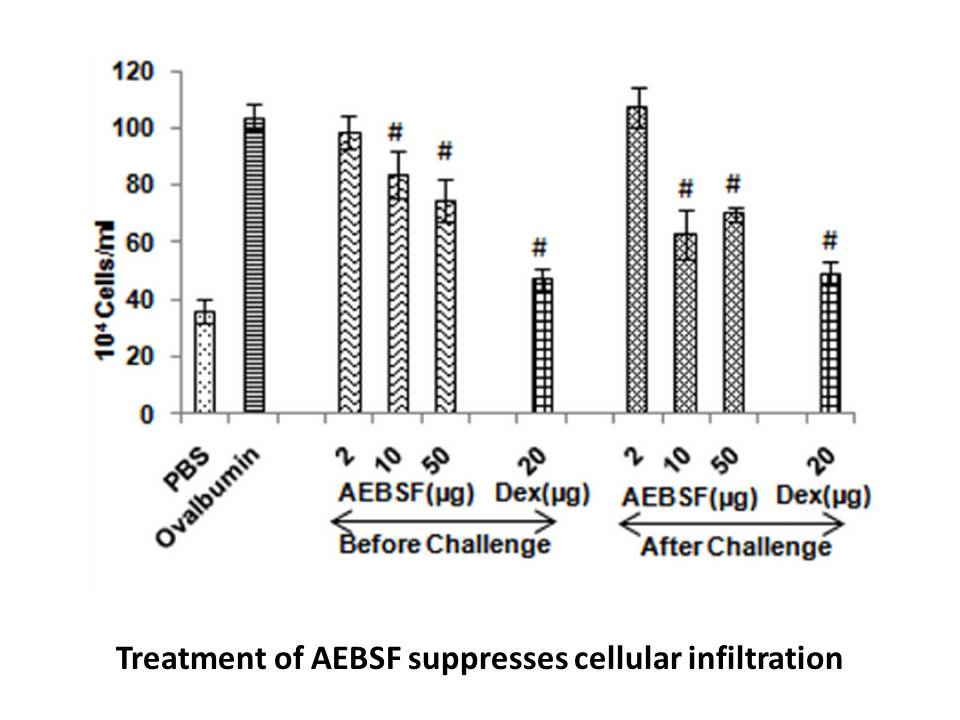
Results and discussion A systematic search for genes encoding H+-PPases was carried out by PCR using genomic DNA from a wide range of protozoa as templates and degenerate oligonucleotides, designed from amino EI1 domains conserved in H+-PPases of higher plants and the proteobacterium R. rubrum,
-
To further determine the cell
2019-07-08
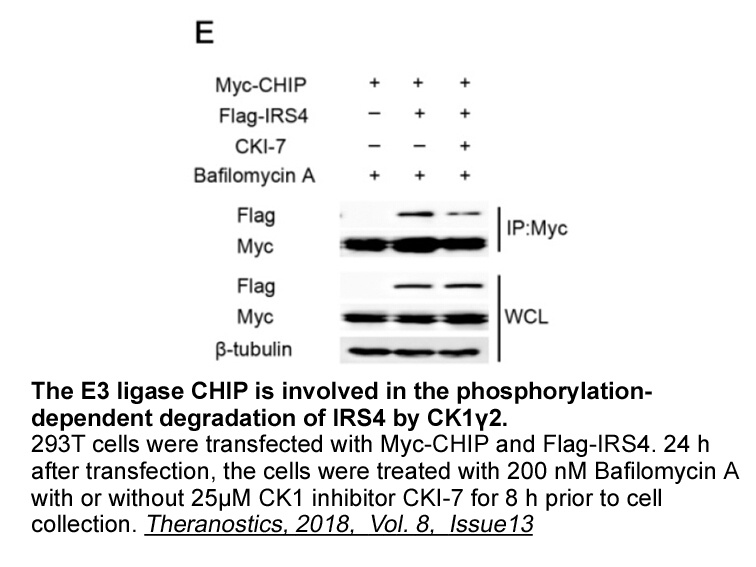
To further determine the cell death, the MK-4827 hydrochloride in flasks were harvested after OGD or LTD4 treatment, washed twice with PBS, and evaluated with Annexin V (AV)-FITC apoptosis detection kit I (BD Biosciences Pharmingen, USA) on a flow cytometer (FACSCalibur, Becton–Dickinson, USA). Bri
-
br Introduction Benzanthrone BNZ is a dye intermediate used
2019-07-08
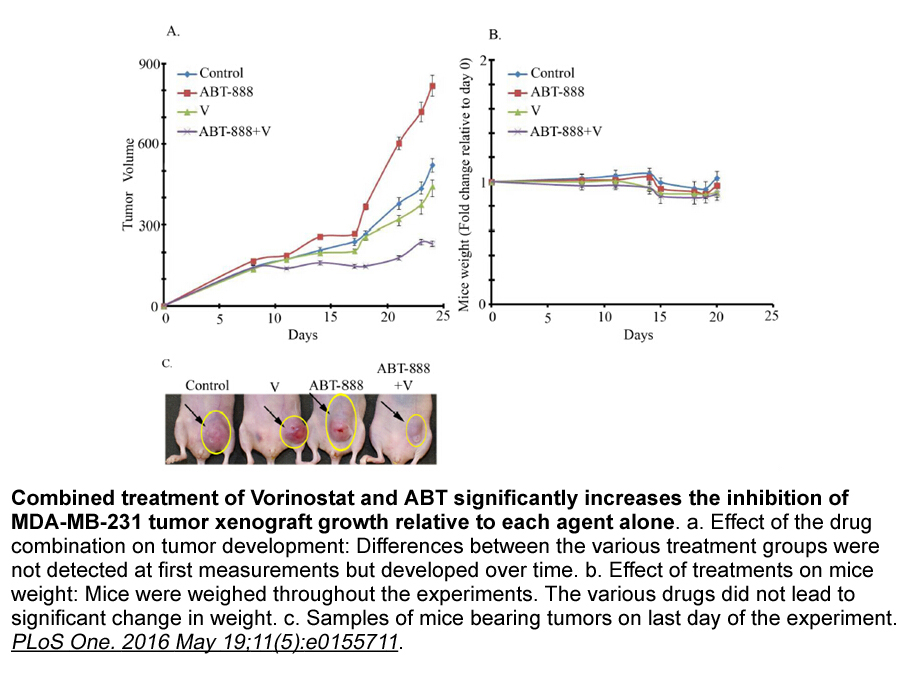
Introduction Benzanthrone (BNZ) is a dye intermediate used in the synthesis of number of polycyclic vat and disperse dyes. It has been detected as an environmental pollutant in urban ambient air particulates, originating from furnace effluents, municipal refuge, wood and coal combustion and autom
-
van Linden et al developed
2019-07-08

van Linden et al. developed a comprehensive guide that describes drug and ligand binding to more than 1200 human and mouse protein kinase domains [77]. Their KLIFS (kinase–ligand interaction fingerprint and structure) directory includes an alignment of 85 potential ligand binding-site residues occur
-
Clindamycin Phosphate In addition to EGFR other receptor tyr
2019-07-08
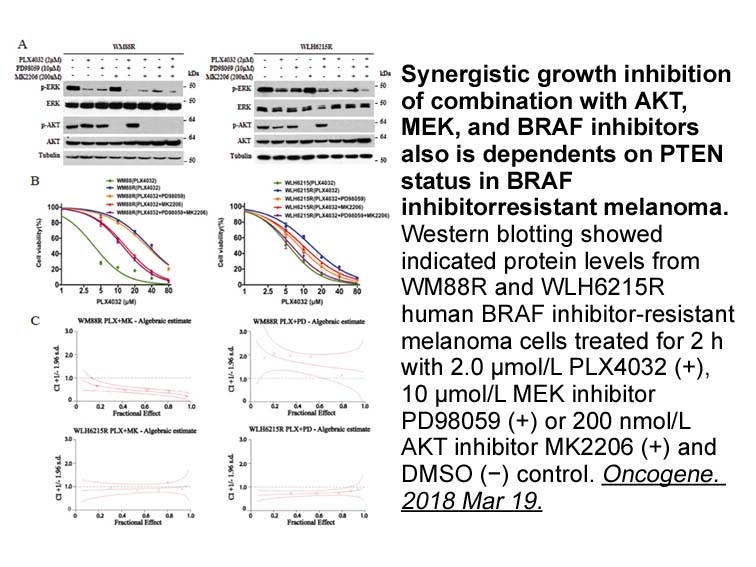
In addition to EGFR, other receptor tyrosine kinases (RTKs) also play roles in the tumor progression under hypoxia, especially hepatocyte growth factor receptor (cMet) (Le et al., 2012). Our data suggested that unlike EGFR, hypoxia had no apparent effect on cMet Clindamycin Phosphate (data not shown
-
Here we describe preparation of three stable
2019-07-08
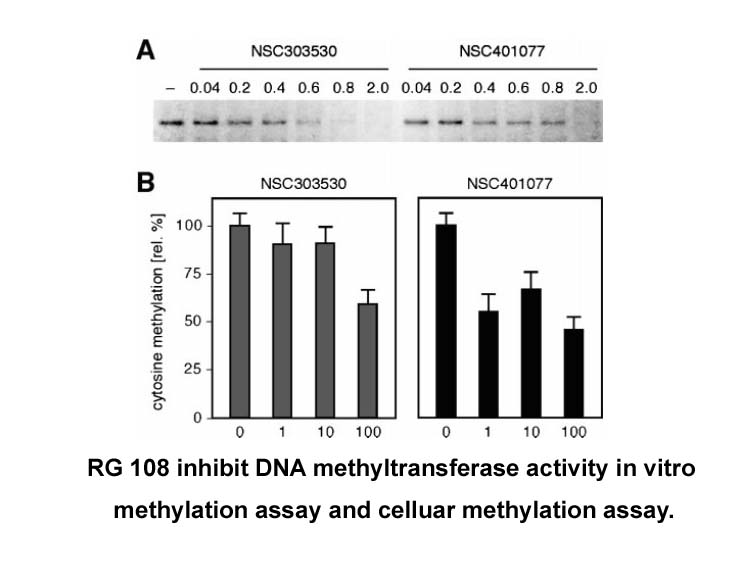
Here, we describe preparation of three stable conjugates that are linked by either oxyester, disulfide, or isopeptide bonds (Fig. 10.1). Each of these conjugates depends upon the prior purification of E2 and ubiquitin proteins that have been engineered to favor specific linkages. For the oxyester- a
-
Calcium dependence of CaM target interaction was analyzed us
2019-07-08

Calcium dependence of CaM/target interaction was analyzed using a titration matrix in which both Ca2+ and CaM concentrations were changed. This gave us access to different parameters characterizing the interaction and namely to the number of bound Ca2+ required for the interaction to occur. Our app
-
Although DP technologies are convenient for users to manufac
2019-07-05
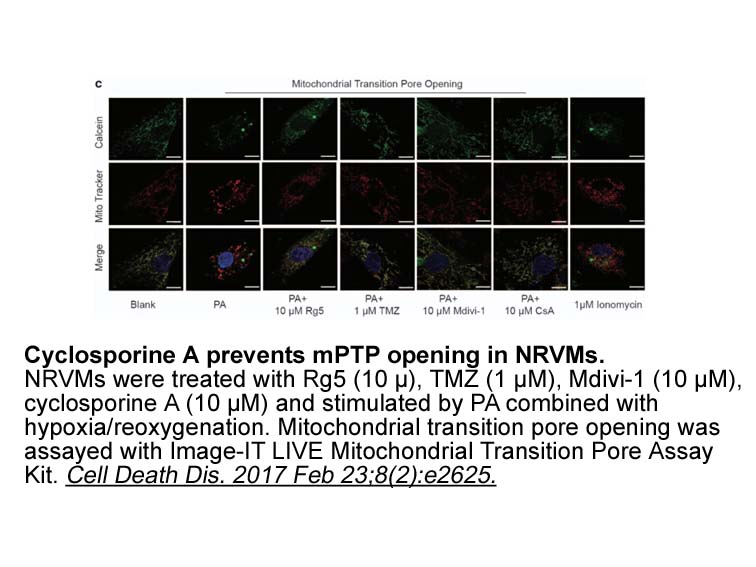
Although 3DP technologies are convenient for users to manufacture devices automatically, the printing materials are inevitably limited by the manufacturers of 3D printers. Strategies are increasingly being developed to functionalize the raw printing materials or their printed devices with other phys
-
The in vitro enantioselective metabolism of pesticides has b
2019-07-05
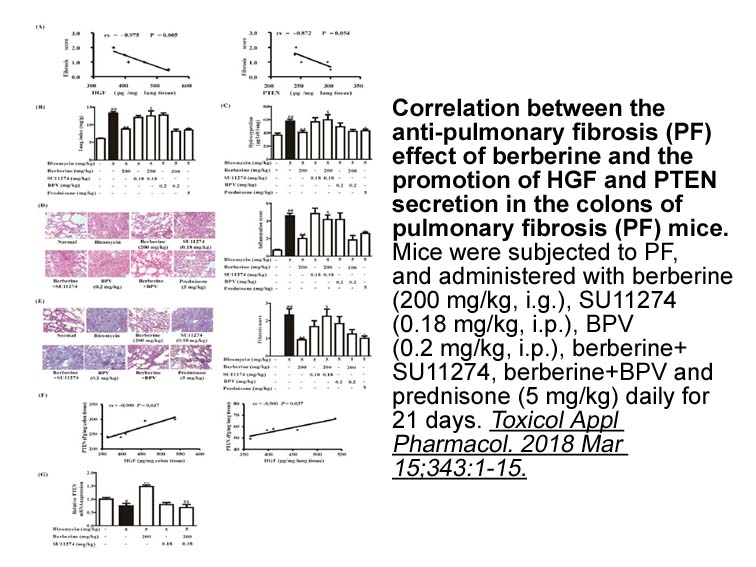
The in vitro enantioselective metabolism of pesticides has been investigated by employing human liver microsomes, which are a reliable resource to perform MCL enantioselective risk assessment in humans (Carrão et al., 2019; de Albuquerque et al., 2018, 2016; Yao et al., 2016). The enantioselective m
-
At the therapeutic level the logical approach to address the
2019-07-05
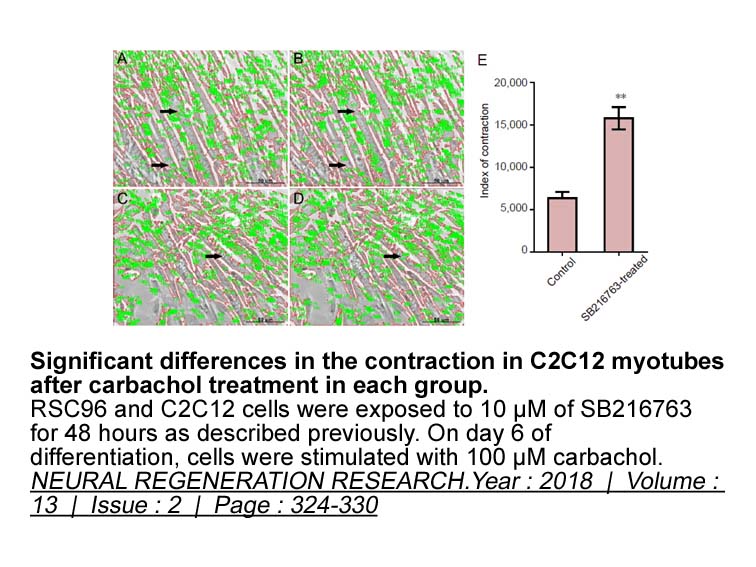
At the therapeutic level, the logical approach to address the cooperation between FGFR4 and EGFR was the combined inhibition of both receptors. To explore the potential efficacy and specificity of this approach, we tested the effect of FGFR and EGFR inhibitors in monotherapy or in combination in syn
-
br Acknowledgment This work was supported
2019-07-05
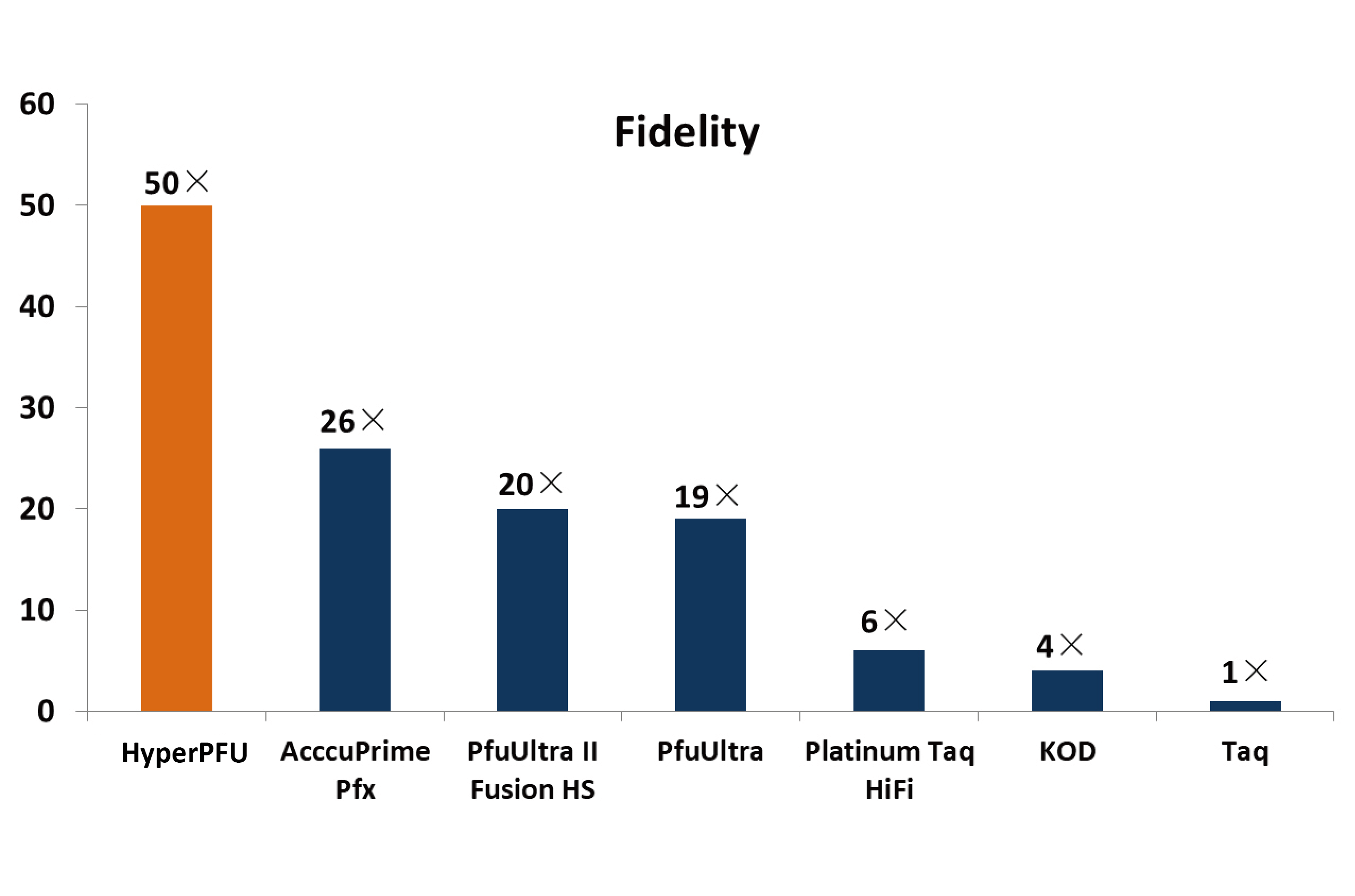
Acknowledgment This work was supported by the Estonian Science Foundation (Grant ETF8862). Introduction In higher eukaryotes ionizing-radiation (IR) induced DNA double-strand breaks (DSB) are primarily repaired by the non-homologous end joining (NHEJ) pathway [1]. Ku, a heterodimeric protein
16321 records 1026/1089 page Previous Next First page 上5页 10261027102810291030 下5页 Last page